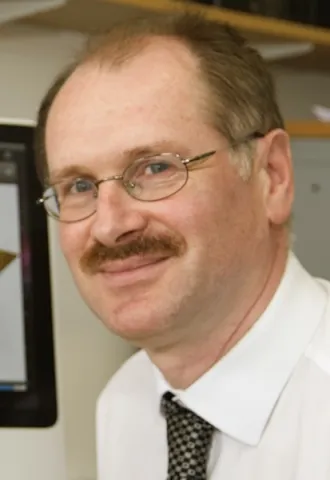About the project
This project investigates how continents break apart and form new oceans, focusing on a region southwest of the UK. Using seismic and electromagnetic data, it aims to understand how tectonic faulting and magmatism shape the solid Earth at the boundary between continents and oceans.
While magmatic margins experience abundant volcanism during continental breakup, magma-poor margins show minimal volcanic activity. Instead, the continental crust undergoes extreme stretching and thinning, often exposing mantle rocks to the shallow subsurface or seafloor, where they become hydrated through a process called serpentinisation. Extensional faulting supplies fluids for serpentinisation beneath stretched crust, but its role in areas with exposed the mantle rocks is less understood.
This research will investigate the roles of faulting and magmatism in continental breakup.
During serpentinization, mantle rocks reacts with water, producing hydrogen. These rocks also contain magnesium, iron, and calcium silicate minerals, which react with carbon dioxide to form carbonates, making them good candidates for permanent carbon storage.
This research will improve our understanding of hydrogen exploration, a carbon-free fuel, and how carbon dioxide might be permanently stored in mantle rocks.
You will study variations in serpentinisation and magmatism that occurred during continental breakup at the Goban Spur margin, southwest of the UK, using a unique new ocean bottom seismic dataset acquired in 2023. This data will be integrated with seismic data from 2021 and 2024, and will be further supported by results from our electromagnetic survey.
The project will enhance the understanding of the tectonic and magmatic processes at magma-poor margins, and fill key gaps in our understanding of global plate tectonics.
You will also be supervised by organisations other than the University of Southampton, including Dr Gaye Bayracki from National Oceanography Centre.
